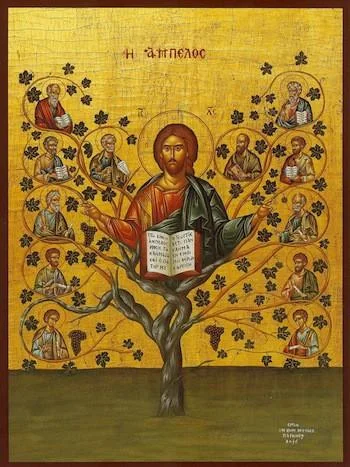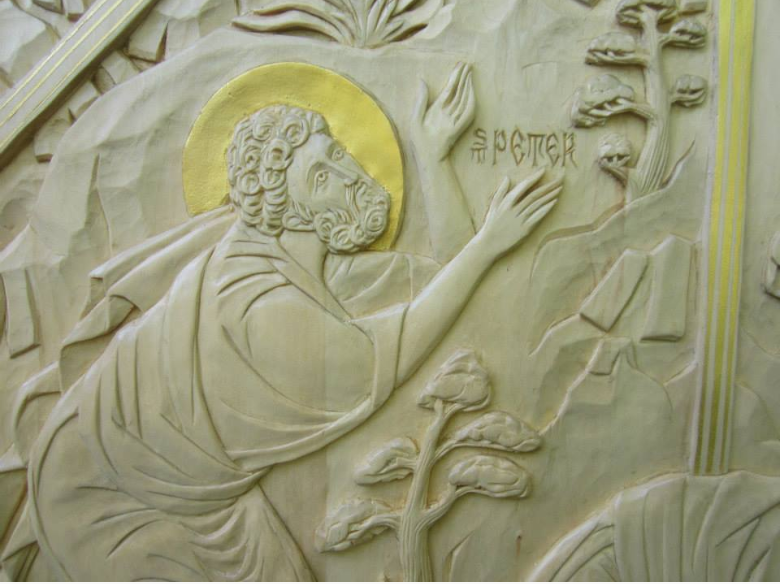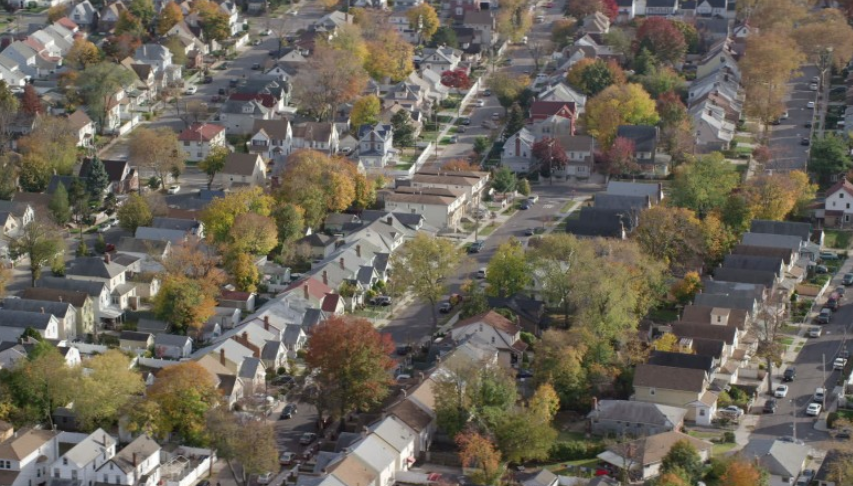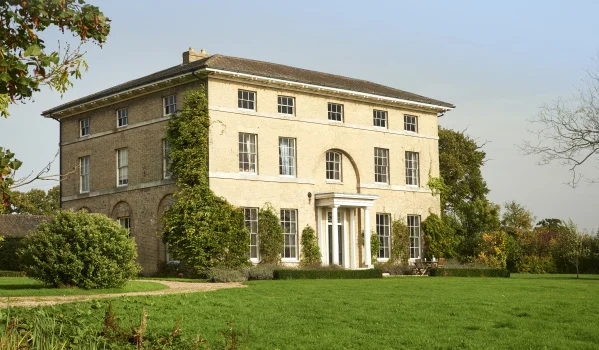‘Economics has an important part to play in creating fertile soil in society for the gospel to take root.’ This Fr Brad Elliott OP is David Clayton’s guest. We discuss economics and Catholic culture.
Episode 24 - Singing the Psalms, the Prayer of Community (the Cloister in the Cul-de-Sac, Part 4)
Episode 22 - Transforming Your Future: Finding a New Direction After the Seminary
Episode 23 - Aidan Hart on Teaching Icon Painting - 'Simplicity is Complexity Resolved'
It is important to understand the nature of what we are painting, this involves not only the physical anatomy but also the anthropology of the person. Even then we have to understand how the person relates to the things that surround him, most immediately clothes. The painting of drapery is generally very weak because artists don’t understand how the cloth behaves and how it hangs on a person.
Episode 21 - Light and Liturgy: Fr Jeffrey Kirby and the Inspiration for His Book, God's Search for Us
Episode 20 - The Prayer Life That Will Help Us Create the Cloister in the Cul de Sac
Episode 19 - Jonathan Pageau on his art and evangelizing the culture through symbols
Iconography and Iconology are the study of the sacred image and the symbolism of the content respectively. Jonathan Pageau is someone who is both a master craftsman and and a deep understanding of both. This has relevance in the Christian life way beyond the church building, it extends out into every human endeavor.
Episode 18 - 'The Cloister in the Cul-de-Sac' Creating Community in City and Suburb
Episode 17 - Creating Community in the Parish..Even Your Parish!
Episode 16 - Dr Carrie Gress: Femininity and Feminism, Mary and Anti-Mary
Episode 15 - Growing Old Gracefully
Episode 14 - Science and Medicine Need Help - And Thomist Philosophy Has the Answers
Episode 13 - Private Property and Self-interest are in Harmony with the Common Good: Fr Brad Elliot O.P.
Episode 12 - Population Growth is Good for Mankind and the World
All the evidence shows us that that more new people there are in the world, the better the world is and the better it is for the rest of us. Fear and the hatred of mankind as the cause of it in the post-Christian West drive an irrational pessimism that creates greater evils and suffering than those they are seeking to remedy.
Episode 11 - Beauty and the Beast - About The Transcendentals
Episode 10 – Rachel Fulton Brown on How A True, Medieval-Style Devotion to Mary Will Save the Faith and the Culture
The traditional interpretation of scripture and reading of the cosmos - the Book of Nature - sees Mary in almost every detail, who then, in turn, shows us her Son. Until we rediscover that art of seeing the interrelatedness of all things around us, and that so much that is good is in some way a sign that points to God, through Mary, we cannot create a culture that reflects cosmic, and hence Divine beauty.
Episode 9 – Why Men Cultivate Their Masculinity When They Grow Flowers - And It's Christian To Do So
Episode 8 – The Story of the Red Telephone Box... What's That Got to Do With Liturgy?
Episode 7 - The Mathematics of Beauty
Episode 6 – How the Liturgy Informs and Transforms the Culture
This week David talks to Charlie about how the liturgy and not socio-economic factors is the most powerful influence on the culture. And how it is the beauty of an authentic liturgical culture that is the driving force.
We quote John Paul II from his encyclical Centesimus Annus
[...I]t is not possible to understand man on the basis of economics alone, nor to define him simply on the basis of class membership. Man is understood in a more complete way when he is situated within the sphere of culture through his language, history, and the position he takes towards the fundamental events of life, such as birth, love, work, and death. At the heart of every culture lies the attitude man takes to the greatest mystery: the mystery of God. Different cultures are basically different ways of facing the question of the meaning of personal existence. When this question is eliminated, the culture and moral life of nations are corrupted.
, and Pope Pius XII who wrote the encyclical Mediator Dei on the liturgy, and included reference to sacred art. We refer to the following passage:
"195. What We have said about music, applies to the other fine arts, especially to architecture, sculpture and painting. Recent works of art which lend themselves to the materials of modern composition, should not be universally despised and rejected through prejudice. Modern art should be given free scope in the due and reverent service of the church and the sacred rites, provided that they preserve a correct balance between styles tending neither to extreme realism nor to excessive "symbolism," and that the needs of the Christian community are taken into consideration rather than the particular taste or talent of the individual artist. Thus modern art will be able to join its voice to that wonderful choir of praise to which have contributed, in honor of the Catholic faith, the greatest artists throughout the centuries. Nevertheless, in keeping with the duty of Our office, We cannot help deploring and condemning those works of art, recently introduced by some, which seem to be a distortion and perversion of true art and which at times openly shock Christian taste, modesty and devotion, and shamefully offend the true religious sense. These must be entirely excluded and banished from our churches, like "anything else that is not in keeping with the sanctity of the place."
And consider the following pictures. From the Baroque period of the 17th century:
St Jerome Reading by Georges De La Tours, French 17th century
A portrait painted by St Anthony Van Dyck when a teenager and a student of Rubens. Flemish, 17th century.
Landscape by Corot, French, 19th century
And we consider the following buildings in our discussion of the Victorian Neo-Gothic
St Mary's Catholic Cathedral, designed by AW Pugin, Newcastle-upon-Tyne, england, 19th century.
St Mary's Newcastle-upon-Tyne, interior.
The Anglican Cathedral, Liverpool, England, designed by Sir Giles Gilbert-Scott, begun early 20th century, completed 1978.
Paddy's Wigwam - the Catholic Cathedral, Liverpool, start and completed in the 1960s.
The K-2 telephone box, designed by Sir Giles Gilbert Scott, with Queen Elizabeth Tower housing Big Ben, in the background, designed by AW Pugin.
Street furniture that is derived from and points to the liturgical culture. Icons of the English landscape - the red letter box and the red phone box.





























